An Alum’s New Memoir Recounts Six Decades of Beatlemania
Alum Debbie Gendler didn't just idolize the Beatles—she got to know the Fab Four in the 1960s through their New York fan club. Now, Gendler recounts those heady days in a new memoir
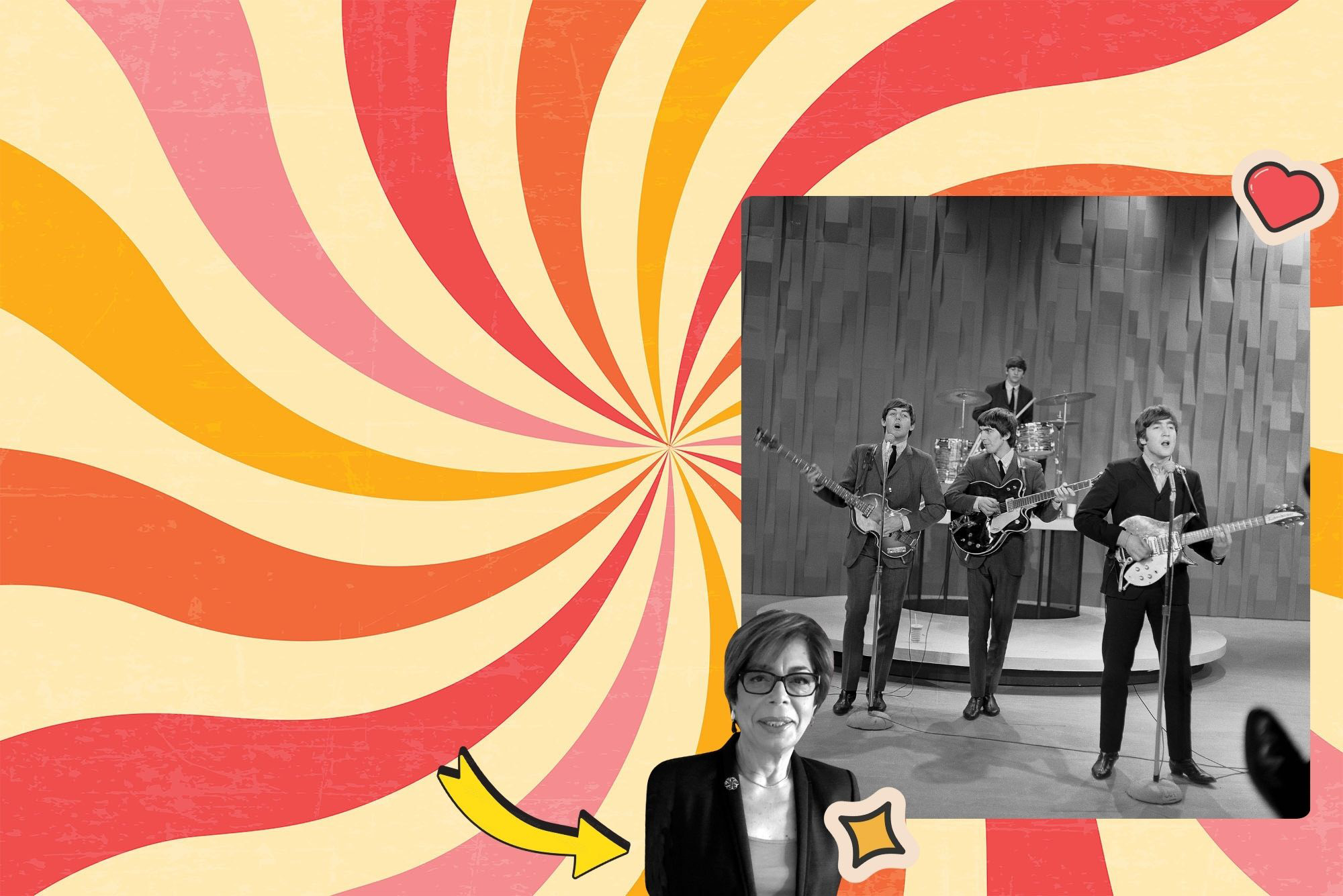
The Fab Four in their debut appearance on The Ed Sullivan Show February 9, 1964. Debbie Gendler (CGS’70, COM’72), then a teenager, was in the audience. Photos courtesy of Debbie Gendler (left); via CBS Photo Archive/Getty Images, Gumey/adobestock, BonkiStudio/adobestock
John, Paul, George, Ringo—and Debbie?
Alum Debbie Gendler didn’t just idolize the Beatles—she got to know the Fab Four in the 1960s through their New York fan club. Now, Gendler recounts those heady days in a new memoir
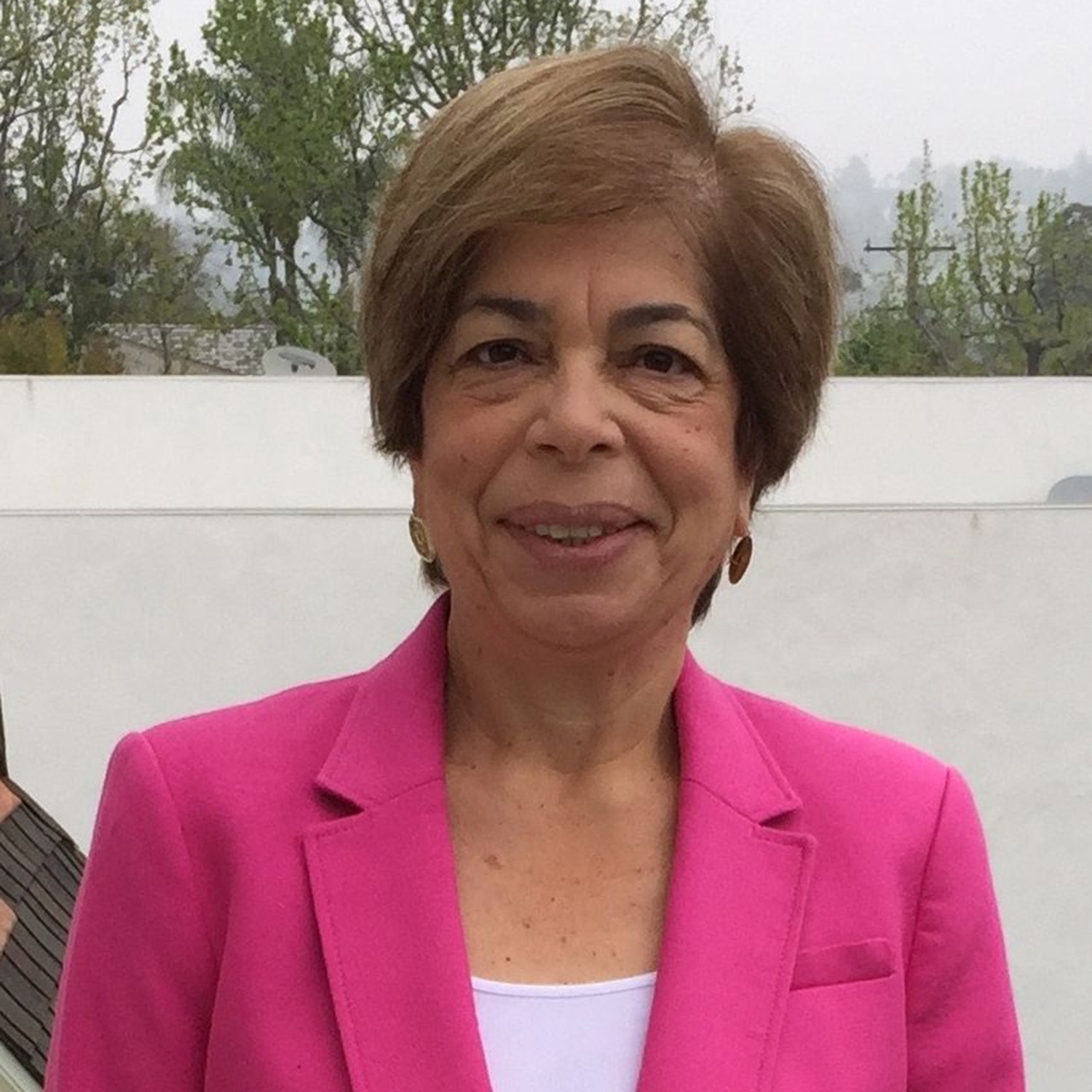
When John Lennon, Paul McCartney, George Harrison, and Ringo Starr arrived at JFK Airport for their first US tour in February 1964, Debbie Gendler was there. When the lights went down in CBS Studio 50 and the Beatles took the stage of The Ed Sullivan Show, kicking off a musical revolution in the United States, Gendler was there. When they played their legendary raucous concert at Shea Stadium in Queens, Gendler was there.
Gendler (CGS’70, COM’72) was there, spellbound, tracking the most successful band in music history, since the release of their first album, Please Please Me, in 1963. She was 13 when she first got her hands on a copy.
“When I first saw the Beatles—and I didn’t hear them at first, I saw them—I fell in love with them,” she says in an interview from her home in Beverly Hills, Calif. “All I did was see that album cover and it absolutely drove me crazy. I thought these were the cutest four guys I had ever seen.”
The album was a gift from a family friend who had just returned from the United Kingdom. Two months after their first US release, the Beatles weren’t selling in the United States the way they were across the pond, but that didn’t matter to Gendler. To her, there was a whiff of the exotic about these four mop-topped rock and rollers.
Listen to Debbie’s favorite Beatles songs here!
“The only music I had heard was on AM radio or American Bandstand, and I wasn’t thrilled with either,” she remembers. “The music didn’t really speak to me as a young, new teen in the world. When I listened to the album, I understood it as a 13-year-old: ‘I Want to Hold Your Hand’ and ‘Please Please Me’ and ‘Love Me Do.’ It was kind of beautiful.”
Gendler’s unwavering devotion to the band took hold in her living room that day in 1963. She later became the Beatles’ New York fan club chapter secretary, getting to know each band member personally, and taught a UCLA extension course on Beatles history. She’s recognized as one of the country’s most qualified experts on the Fab Four’s early years. Now an Emmy-nominated television producer, Gendler recounts the halcyon era in her new memoir, I Saw Them Standing There: Adventures of an Original Fan during Beatlemania and Beyond (Rowman & Littlefield, 2024), timed to coincide with the 60th anniversary of the band’s Ed Sullivan performance. The book is an intimate glimpse of an era most people only saw on television—and it’s a love story.
Yesterday
For a few months in 1963, Gendler was the only person she knew who listened to the Beatles. To satisfy her early-onset Beatlemania, she wrote a letter to their fan club at 13 Monmouth Street in London, requesting to become a member.
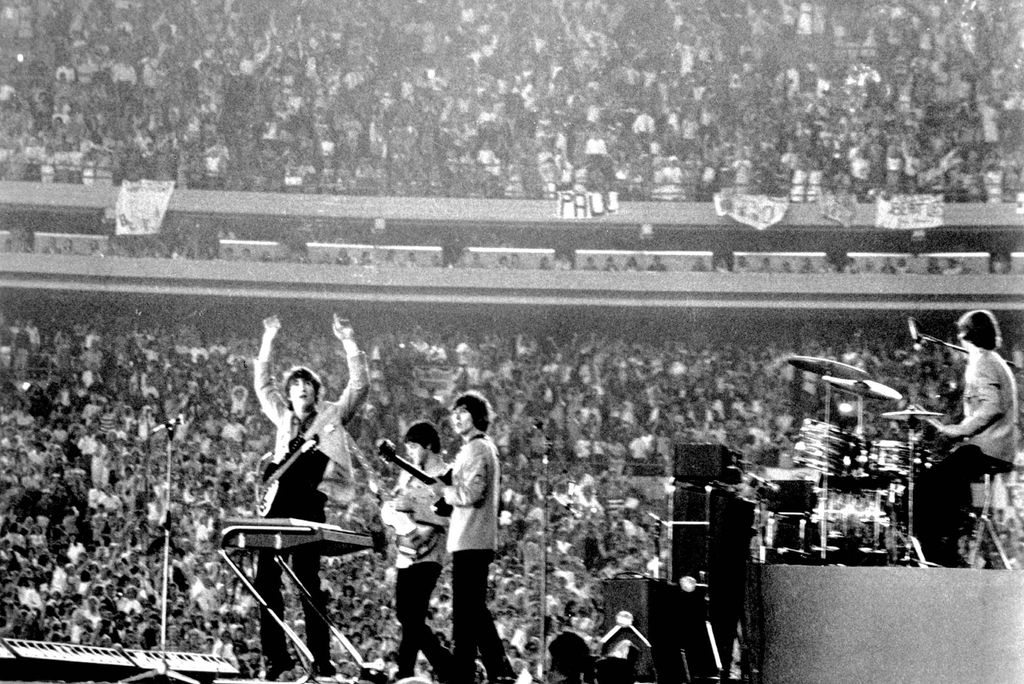
In November of that year, she received a telegram inviting her to a meeting “regarding the Beatles” at a midtown Manhattan office. Gendler, who traveled with her father from her hometown of Oakland, N.J., was greeted by the band’s legendary manager, Brian Epstein, and a passel of lawyers. To her 13-year-old eyes, everything about Epstein and the other men—their accents and suits, the cleanliness of their fingernails—spoke of elegance. They were looking for young fans, and Gendler enthusiastically told them they had found one. That’s when they made their pitch:
“When Brian Epstein said that they needed a full-time person to manage the fan club office, I shook my head and said, ‘Mr. Epstein…I need to go to college!’” Gendler writes in her memoir. “They glanced at each other, we shook hands again, and the meeting was over.”
Before she left the office, Gendler was given a life-changing promise by the staff: “The ticket is in the mail.” Her brief meeting with Epstein had earned her a seat in the audience of The Ed Sullivan Show on February 9, 1964, a night that critics still refer to as one of the most significant moments in American pop culture history. Seventy-three million people—a record for US television at the time—tuned in that night to catch grainy, black-and-white footage of the four superstars as they barreled through “She Loves You,” “I Want to Hold Your Hand,” “All My Loving,” and other early hits. It was a short set, according to Gendler, and nearly inaudible over the screams of the audience. (Gendler may have been the only Beatles fan at her junior high school, but the group had already charted several number-one hits in the United States.)
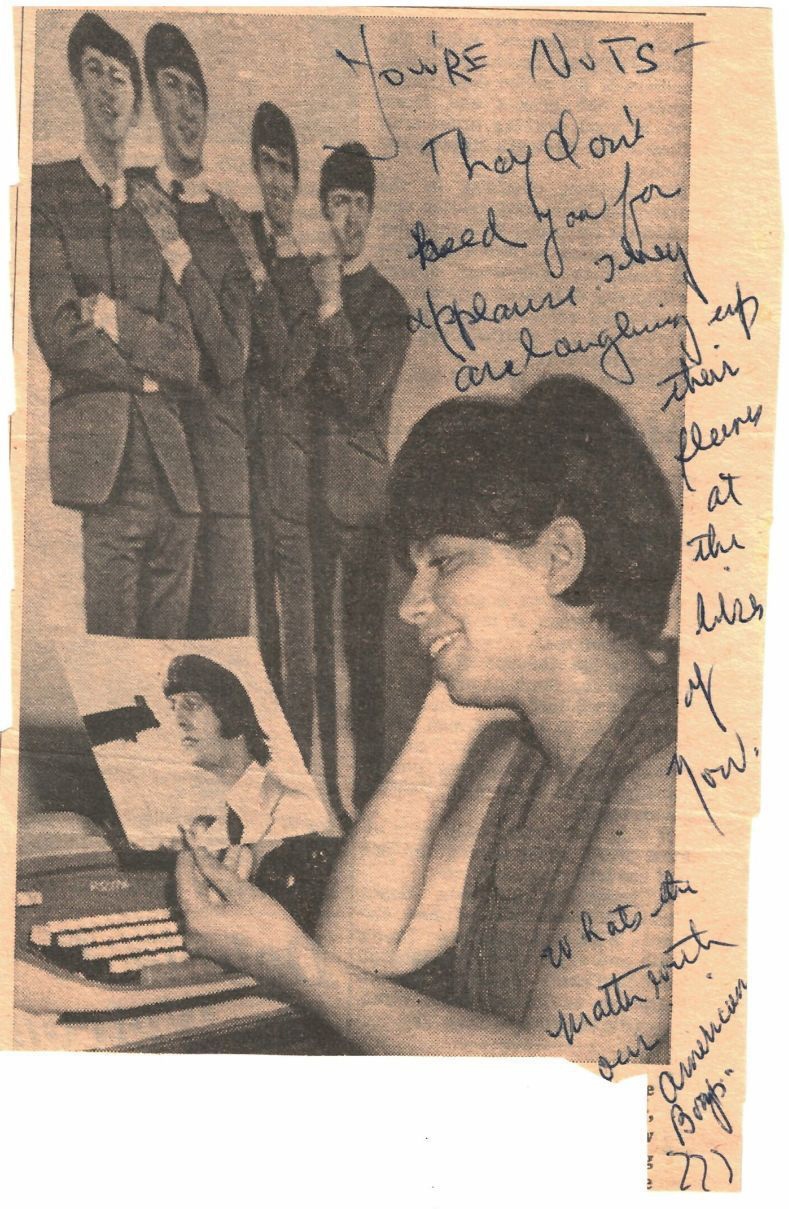
The next day at school, Gendler was in the center of a swirl of envy and excitement—even the vice principal asked her how the concert was. Now, everyone wanted a piece of the four lads from Liverpool.
In March 1964, when she was 14, Gendler dropped in again at the Manhattan office—the headquarters of the newly established Beatles (U.S.A.), Ltd.—and was given a few volunteer duties by the full-time staff. It wasn’t long before she, too, was slotted into the fan club’s operations as chapter secretary. She was to be a mouthpiece, an organizer, a facilitator, and a representative to a legion of young people. Before she’d even entered high school, she was corresponding with Beatles fans from around the country, organizing mass mailings, doing public appearances, planning events, and even fielding hate mail. It was Gendler’s first (unpaid) job in communications, and her induction into the inner sanctum of the Beatles’ marketing machine—her “personal entertainment industry boot camp.”
“Fan clubs were very important, because except for teen magazines and radio, there wasn’t much way to get information on our favorite bands,” she says. “You could join Beatles (U.S.A.) Ltd., which was the official club, for $2, and for that, you got a nice booklet, a membership card, and newsletters. It was the earliest affinity group where people could join together and appreciate the Beatles.”
Paperback Writer
Gendler’s memoir chronicles her growing up in lockstep with the Beatles: the band’s recording years took her from her spirited youth to an adolescence filled with fan club duties and occasional brushes with the Fab Four to her young adulthood as a BU student. After the band splintered, acrimoniously, in 1970 and each member went his own way, Gendler was embarking on her career in the entertainment industry. Yes, she’s met them. Lennon once cruelly poked fun at her starstruck enthusiasm. McCartney, more of a gentleman, later became a friend. But the relationships that define I Saw Them Standing There were forged among fans.
“One of the reasons I really wanted to write the book was because of the friends I made during that time,” Gendler says, “and I tried to rekindle those friendships” during the writing process. “The book really celebrates the good times in our lives.”
In addition to the job perks—attending legendary concerts, being the only fan club rep to officially greet the Beatles at the start of their first US tour, and even getting to hang with the band a few times—Gendler also met and befriended many important members of the Beatleverse. During a 1967 trip to London, she met McCartney’s and Harrison’s parents (by then, she and Harrison’s mother, Louise, had been exchanging letters for three years). In an earlier chapter, Gendler remembers delivering homemade snickerdoodles to an ailing Epstein, who was laid up with hepatitis in a New York hospital. “Brian seemed surprised that someone outside of his closest circle could find him,” she writes. “We spoke briefly about England and his heading home in a day or two.”
There were some low moments, as well. After gaining entry to a press conference to kick off the Beatles’ first American tour, held at the Warwick Hotel in Manhattan, Gendler stuffed her purse with a napkin, a water glass, and an ashtray that the boys had used. Later that night, her wildest dreams came true when she finally met the band—only for Lennon to make fun of her for having a leaking, ash-filled purse.
In My Life
Some of Gendler’s lifelong friends are other former fan club chapter leaders and Beatles lovers she’d corresponded with. Female fans, in particular—as both she and footage of screaming teens will attest—were the engine powering the band’s global success.
“It was a girl movement,” Gendler says. “And being a Beatles fan was not easy. I’ve spoken with people who think that this is just a story of shrieking girls screaming after the Beatles. I try to tell them, ‘No…I learned very early that being a young girl meant you had to work doubly hard and doubly long to get recognized.’ That is a theme throughout the whole book.”
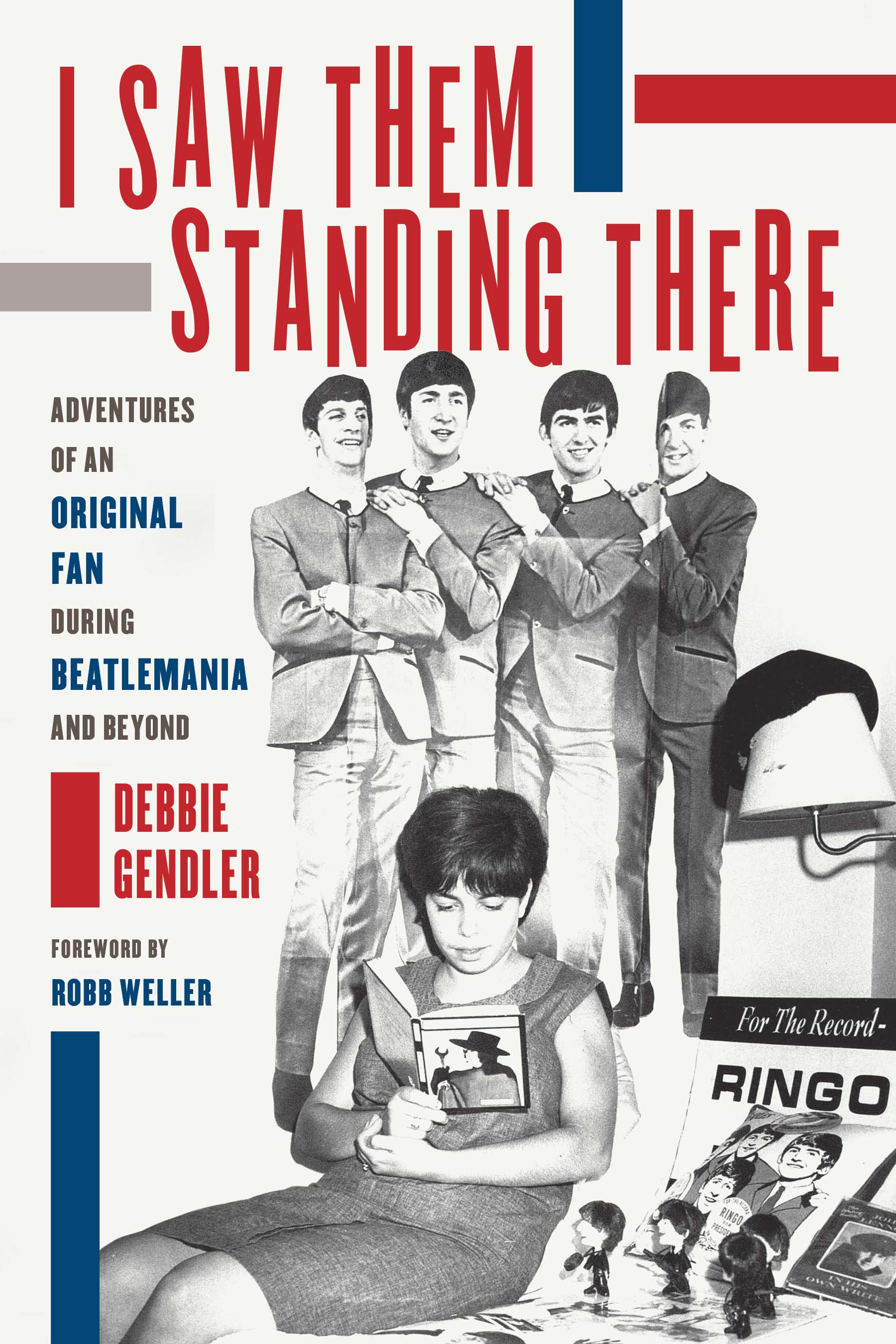
I Saw Them Standing There paints an alternate picture of Beatles fandom, one that focuses less on lyrical meaning and pioneering production and more on genuine feeling—“the visceral love that all these women had,” Gendler says. It’s a grassroots understanding that Gendler held onto as her ties with the entertainment industry—and Beatles friends and family members, such as McCartney’s brother, Mike—deepened. She didn’t want to publicize her one-on-one experiences with them at first, but changed her mind when it became clear that her perspective—and those of her army—was getting lost in the shuffle. At a Grammy Museum panel discussion on the Beatles in 2016, where Gendler was the only female speaker, a woman in the audience stood up and demanded to know when Gendler was going to write about her own story.
“[She said,] ‘We’re not here to see these guys who have spent thousands of dollars to buy John Lennon’s jacket or write a discography of the motivation behind every Beatles song,’” Gendler recalls. “‘We want to hear from a fan what it was like to sit in The Ed Sullivan Show and to be at the fan club office and to experience Brian Epstein as a person.’”
Woven throughout Gendler’s story of enduring fandom is a love story of a different kind. John, Paul, George, and Ringo were the objects of her adoration, but it was folks like Epstein, the Beatles (U.S.A.), Ltd. employees, The Ed Sullivan Show crew, and other behind-the-scenes players who truly made her who she is today: a four-time Emmy-nominated television executive and producer who oversaw the launches of HGTV and the National Geographic channel; an often-quoted primary source in Beatles books, articles, and documentaries; and an avid archivist, with 49 Beatles scrapbooks and a memorabilia collection that goes back to the early 1960s.
Some 60 years after the lights went down in Studio 50, Gendler serves as a consultant for SOFA Entertainment, the production company that owns the Ed Sullivan archives.
“The Beatles were my career markers,” she says, remembering their final tour in 1966, the suicide of Epstein in 1967, the murder of Lennon in 1980, the acquisition of the band’s catalog by Michael Jackson in 1985, and everything in between—and since. “I lived my life, along with my TV career, with the Beatles.”

Comments & Discussion
Boston University moderates comments to facilitate an informed, substantive, civil conversation. Abusive, profane, self-promotional, misleading, incoherent or off-topic comments will be rejected. Moderators are staffed during regular business hours (EST) and can only accept comments written in English. Statistics or facts must include a citation or a link to the citation.